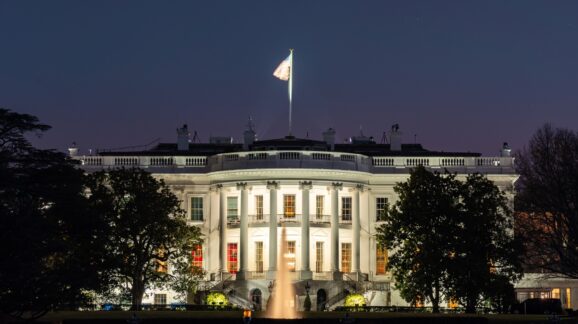Congress could revoke many costly Biden admin rules with Congressional Review Act. Here’s a list!

Photo Credit: Getty
Until April of 2023, a federal rule costing $100 million was considered “economically significant.” Joe Biden’s Executive Order 14094 (Modernizing Regulatory Review) raised that threshold to $200 million and replaced the term economically significant with “Section 3(f)1 Significant.”
There were 297 “economically significant rules in the Spring 2023 Unified Agenda of Federal Regulatory and Deregulatory Actions. After the threshold increase, one might have assumed the number of acknowledged high-significance rules would decrease by the time the Fall 2023 Unified Agenda rolled around. That turned out not to be the case.
I pulled together this online inventory of the costliest rules in Biden’s new fall 2023 Unified Agenda—all those in the pipeline boasting the new “Section 3(f)1 Significant” moniker. There are 304 of them. Were the economically significant label intact the total would be notably higher, complicating comparisons with past trends.
Note that the Agenda is not necessarily comprehensive. We get to know only that which agencies choose to tell us about. They can and do sometimes leave things out, like a ghastly new “notice” (not even yet a rule) from the Securities and Exchange Commission on “Natural Asset Companies,” furthering the Office of Management and Budget’s own depredations in the form of slippery guidance on “ecosystem services.” Such moves could be among the costliest ever taken, but few even know about them.
My tally breaks the 304 Sec. 3(f)(1) rules down by stage, but notable for policymakers are the 232 “Active” rules in the production process (pre-rule, proposed, and final). The Long-term rules are also important to monitor as two supposedly “Long-term” spring 2023 rules wound up getting completed in time for the fall edition of the Unified Agenda.
The administration might be in a rush to get some of these completed. This matters for reformers because these active rules present the most salient opportunities for Congressional Review Act “Resolutions of Disapproval” should the administration fail to finalize them before the last 60 legislative days of the 118th Congress (sometime around late spring or early summer, before everyone scoots off to campaign for the November elections).
There is another list of rules to monitor as well. As noted in a December 2023 survey, there remain 193 rules in the Active pipeline from back in Spring 2023 that were once regarded as “economically significant” that did not rise to the 3(f)(1) category in the fall Agenda. During this transitory phase, policymakers ought to consider monitoring this transitional population of rules (I did isolate them in the 2023 Ten Thousand Commandments) as they amble toward completion over the next few months.
The purpose here has been to give Congress an inventory of fat rules that senators and representatives might consider for CRA rollback in this new year. There are hundreds of “targets” by this reckoning, not that most represent the kind of rulemakings that cause policymakers heartburn.
The inventory of 304 also contains 42 Section 3(f)(1) rules that have been completed in the new Unified Agenda. Those are safe under the CRA deadline constraint just noted. Still, members may not need to necessarily regard any troublesome elements of the 42 Section 3(f)(1) completed rules as a lost cause.
As it happens, the CRA does not merely give the 118th Congress an opportunity to overturn rules finalized during its last 60 days of existence. It holds that for rules to be regarded as effective, they need to have been submitted by agencies to the Government Accountability Office and to both houses of Congress (and “reports” are required for “major” rules, which still enjoy a $100 million threshold). As it stands, many rules overall are still not properly submitted in such fashion. We will do the investigation ourselves in short order, but policymakers so inclined could scan the archives to ensure that the 42 Section 3(f)(1) completed rules have, indeed, followed the proper procedure. If not, a case for void status could easily be made.
This observation also resurrects one other avenue for CRA ambitions that might be lost in the flurry. While Biden did raise the significance threshold for rules to $200 million, the CRA is still controlling with respect to the designation of a $100 million rule as major. That has been largely overlooked. So in addition to one-time economically significant Spring 2023 rules population to which Congress might apply special scrutiny, we might inspect anew the population of “majors” in play this year that flew under the Sec. 3(f)(1) radar.
This is an election year, so the coming months will bring new attention to the Congressional Review Act, both for those seeking to get rules across the finish line before a drop-dead date and for those seeking to roll rules back.